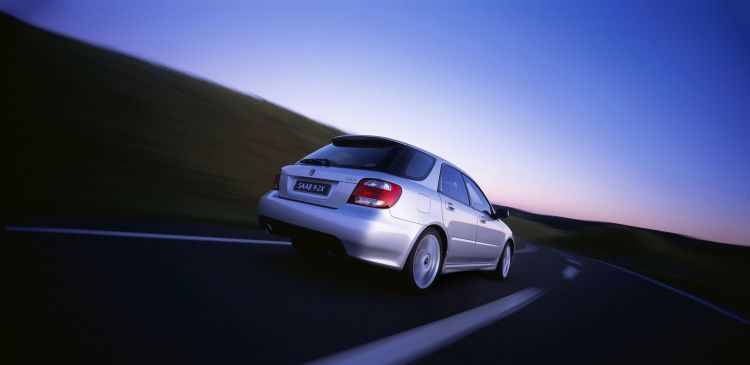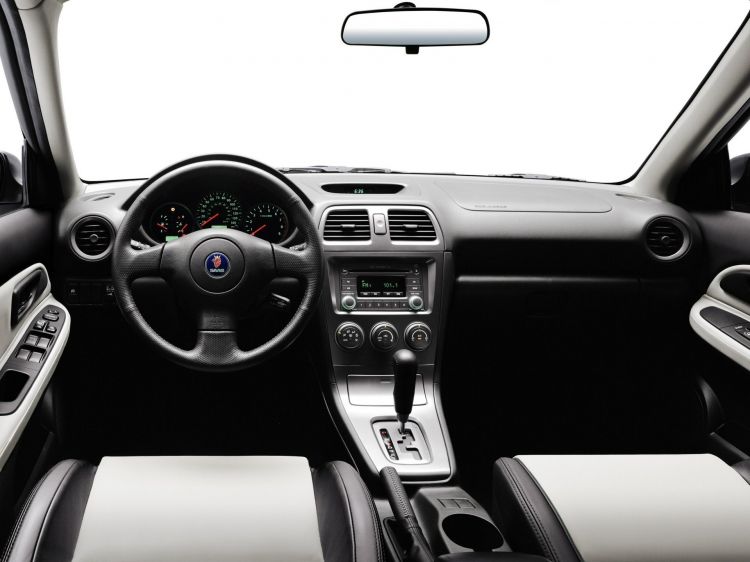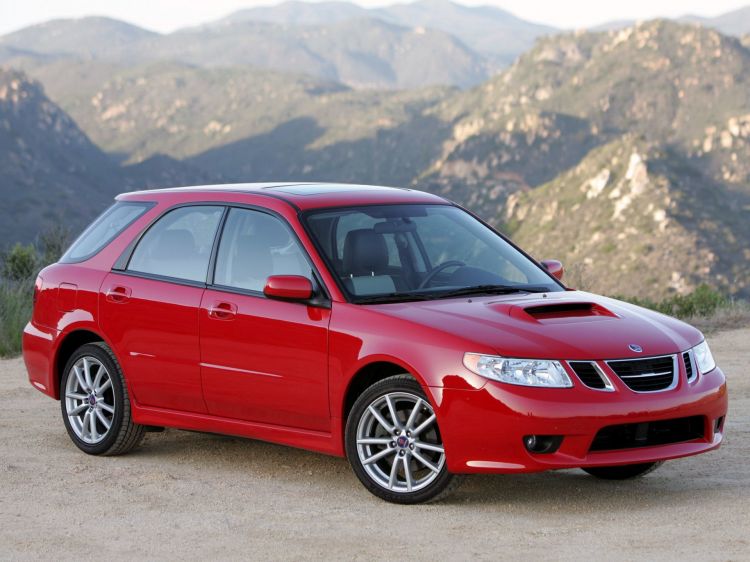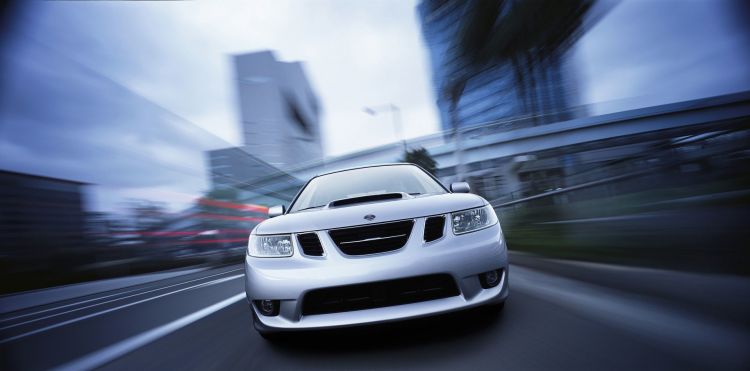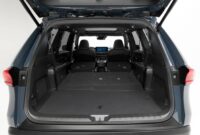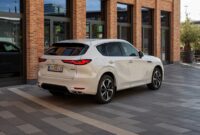The year was 2004, and Saab wanted to enter the compact segment of the US market. Audi had just released the A3 hatchback, and Acura was doing great with the Integra and RSX. It was rumored that BMW would launch a compact, which we would come to know as the BMW 1 Series. It would take Saab five years to develop a car more compact than the Saab 9-3 and, by then, it would already be too late at a competitive level. Already under the auspices of General Motors, he turned to Detroit for help. By then, General Motors owned 20% of the Japanese Subaru.
To avoid the cost and time of developing a car smaller than the 9-3, Saab and General Motors decided to resort to badge engineering. In silver, slightly modify a vehicle of a brand, to sell it under another commercial umbrella. The chosen vehicle was the Subaru Impreza Wagon, a five-door compact estate manufactured by Fuji Heavy Industries in Japan. Although it might seem like a curious decision, deep down, both Saab and Subaru had similar customers, as well as straddling the general segment and the premium segment.
It was sold in access versions and high performance Aero versions.
from sweden they were clear that the Subaru Impreza Wagon would need many changes to become a product that meets their standards. I am sure that more than one General Motors accountant got the creeps: they said the same thing with the Saab 900 NG, which ended up sharing only 17% of the parts with the Opel Vectra, on whose platform it was built. Though it is impossible to see a Saab 9-2X and not recognize a Subaru Impreza in its linesonly its doors and rear wings were common at the design level.
Saab deeply redesigned the front, and adorned it with its triple grill grille, as well as some beautiful headlights. The hood was unremarkable, beyond the large intercooler air intake, in turbocharged versions. Wheels of up to 17 inches and a discreet but elegant rear were equipped. Overall, the car looked like – and was – a refined and toned down version of the Subaru Impreza Wagon. The interior was apparently identical to that of an Impreza, but only in design: Saab worked hard on improving sound insulation vehicle.
It was only sold in the United States during the years 2005 and 2006. It is a rarity.
The Impreza was not noted for being a quiet or refined car, and Saab installed insulation panels around the entire cabin, achieving a more refined experience. The seats, with their characteristic headrests, replaced the Impreza seats, and an automatic climate control and a CD changer were mounted, instead of the Spartan equipment of the Japanese. The door panels and trunk were also modified, making them more “premium”. All in all, the car was manufactured by Subaru at its Japanese Guanma Yajima plant.
The Saab 9-2X was sold in Linear versions of access – called 2.5i in 2006 – whose naturally aspirated engine of 2.5 liters and four cylinders opposed came to develop 170 CV. The Aero versions used in 2005 the EJ20 turbocharged engine of two liters and 224 CV, going on to use a EJ25 of 2.5 liters and 230 CV in 2006. Both engines could be ordered with a five-speed manual gearbox or a four-speed automatic gearbox. Saab had a significant hand in the tuning of the 9-2X, with a curious result.
It was a fast car: the Aero did 0 to 60 mph in 6.1 seconds.
The rear suspension arms were made of aluminium, the bearings were specific to the 9-2X and the unsprung masses were lightened resorting to some components in composite material. In addition to a unique setting for the shock absorbers – according to those who have tried it, firm but more absorbent than the Subaru – it was installed on all 9-2X the direction of the Subaru Impreza WRX, more direct than that of other Imprezas. In tests at the time, interestingly, the Saab 9-2X Aero was faster and more effective than the Audi S6 of the time.
What happened to the Saab 9-2X The 9-2X was only manufactured during the years 2005 and 2006. They were sold in the United States – the only market where they were sold – 10,346 units. The Aero version started at $27,465, about $3,000 more than a Subaru Impreza WRX Wagon. It didn’t sell well, but it died a quick and anticipated death: In 2006, General Motors sold its stake in Subaru to Fuji Heavy Industries – and because of this, the agreement allowing the existence of the Saab 9-2X was terminated. Today the Saab 9-2X is considered a rarity.


